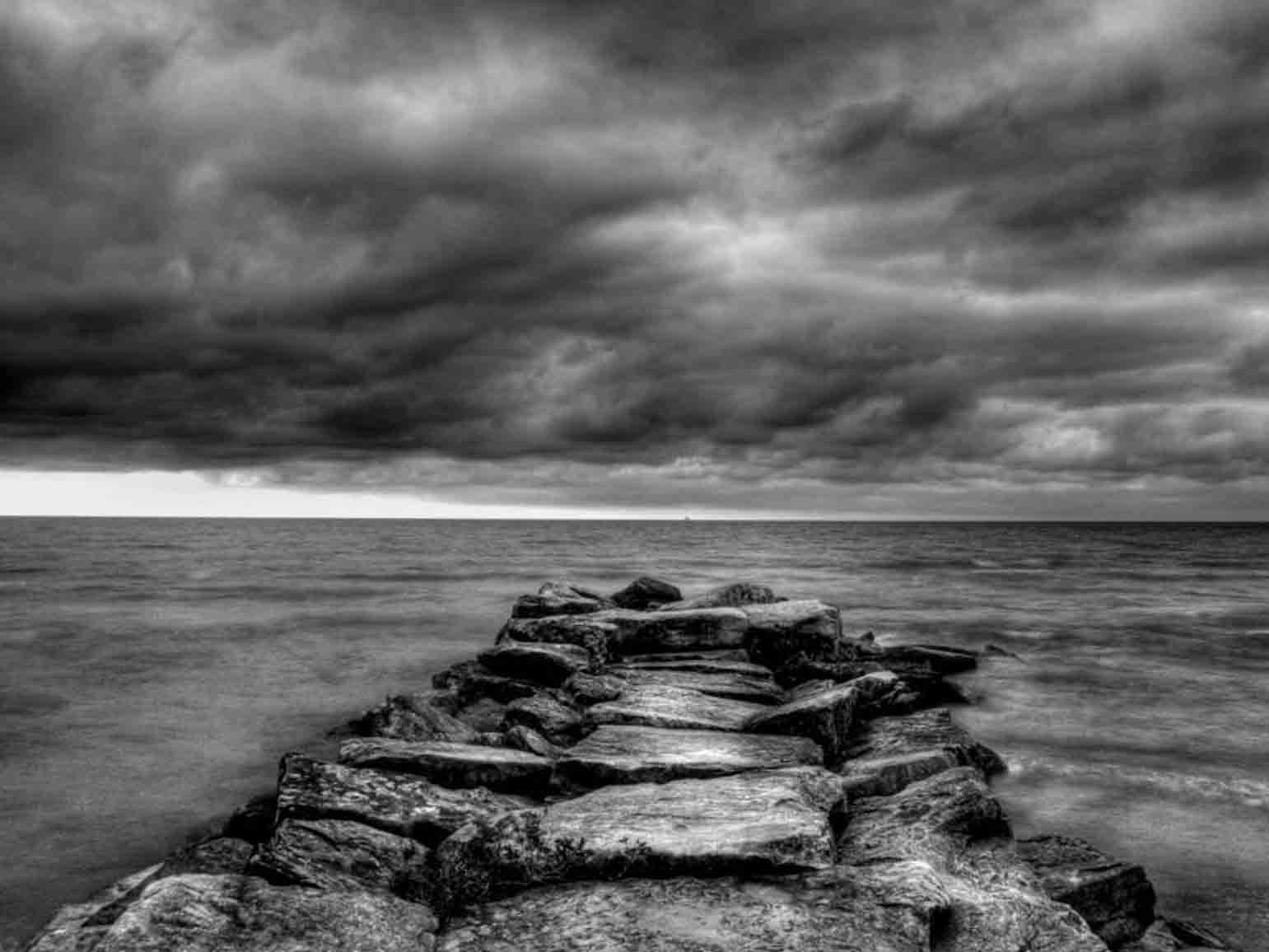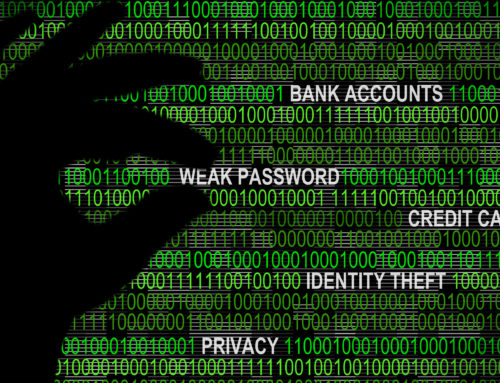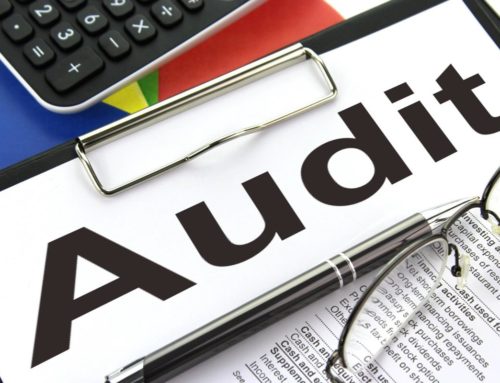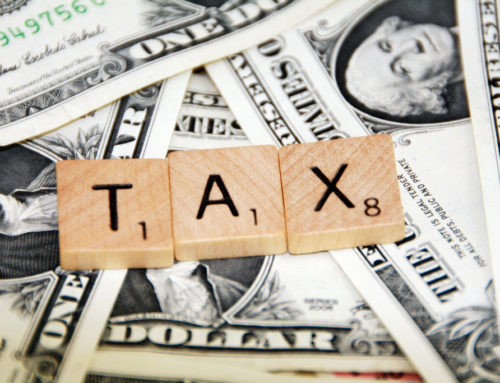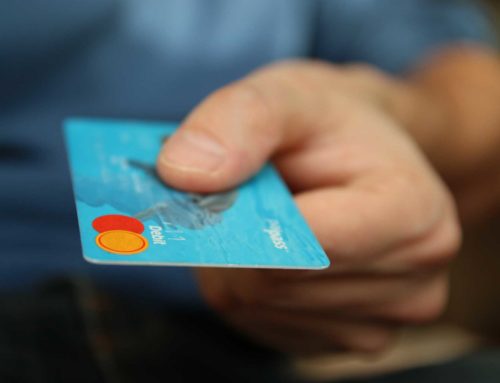With weather-related disasters making the news these days, emergency preparedness may be front of mind. You probably have tools to cope with a flat tire, or a hurricane lantern or candles for times when the electricity to your home is interrupted. But have you considered what records you might need if your wallet was stolen? A financial binder containing a copy of key financial information can be a simple solution, as well as a big relief.
What will you put in your binder
A good place to start is with a contact list that includes the names and numbers of doctors and family members. Another good idea: Copies of the contents of your wallet, including your driver’s license and credit cards. Insurance summaries and information such as the name of your agent, coverage dates, and copies of insurance cards may come in handy too. So that you can access online accounts, write down financial websites, account numbers, user names, and passwords.
Keep your binder accessible
Store your binder in a safe place in your home, and tell family members where to find it. Create an electronic copy at an online data site or on a storage device that you keep in a separate location from your binder, such as in a bank safe deposit box.
Keep your binder updated
Review the information in your binder at least annually. An easy-to-remember anniversary is the same time you prepare information for filing tax returns. In between, update the binder to reflect significant financial or life events.
Taking steps to keep your financial information accessible and in one spot before an emergency happens is a wise move. As a bonus, your financial emergency binder can also do double duty as a handy reference for tax and financial planning.
Need more financial recordkeeping suggestions? Give us a call. We’re here to help.

